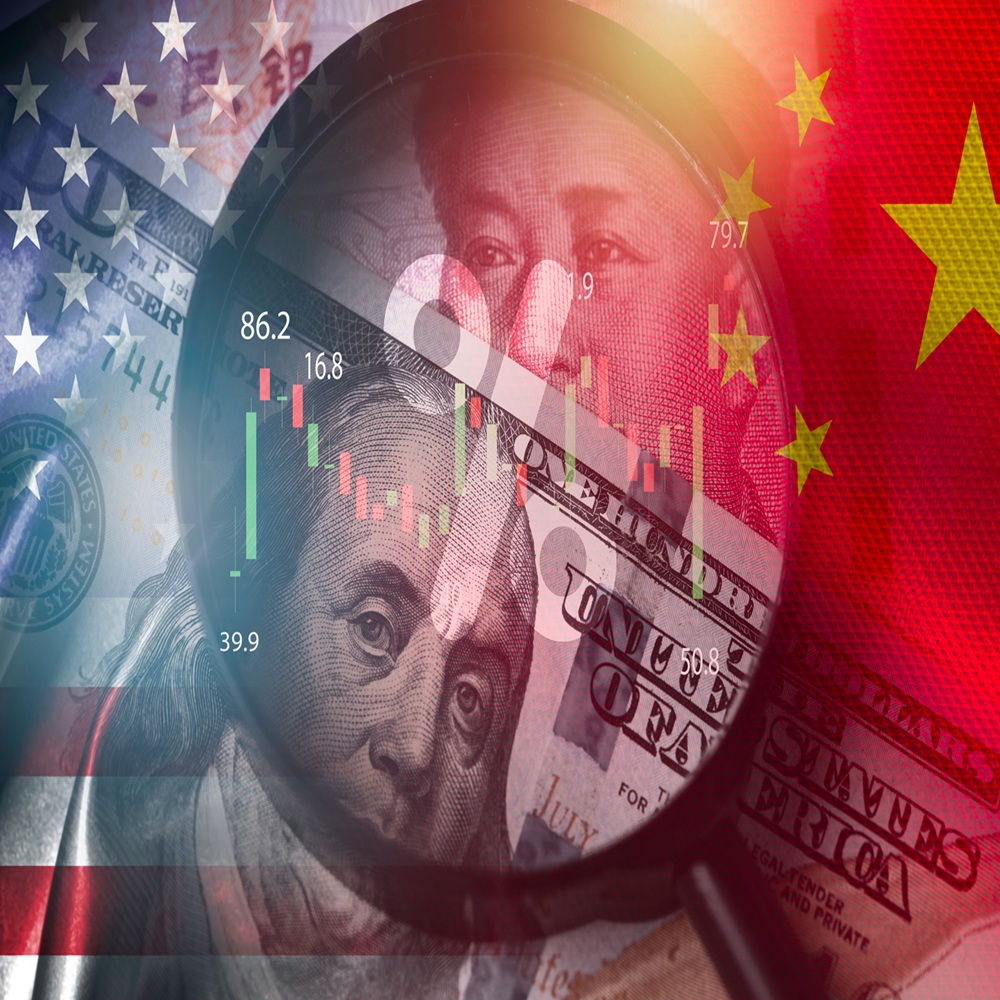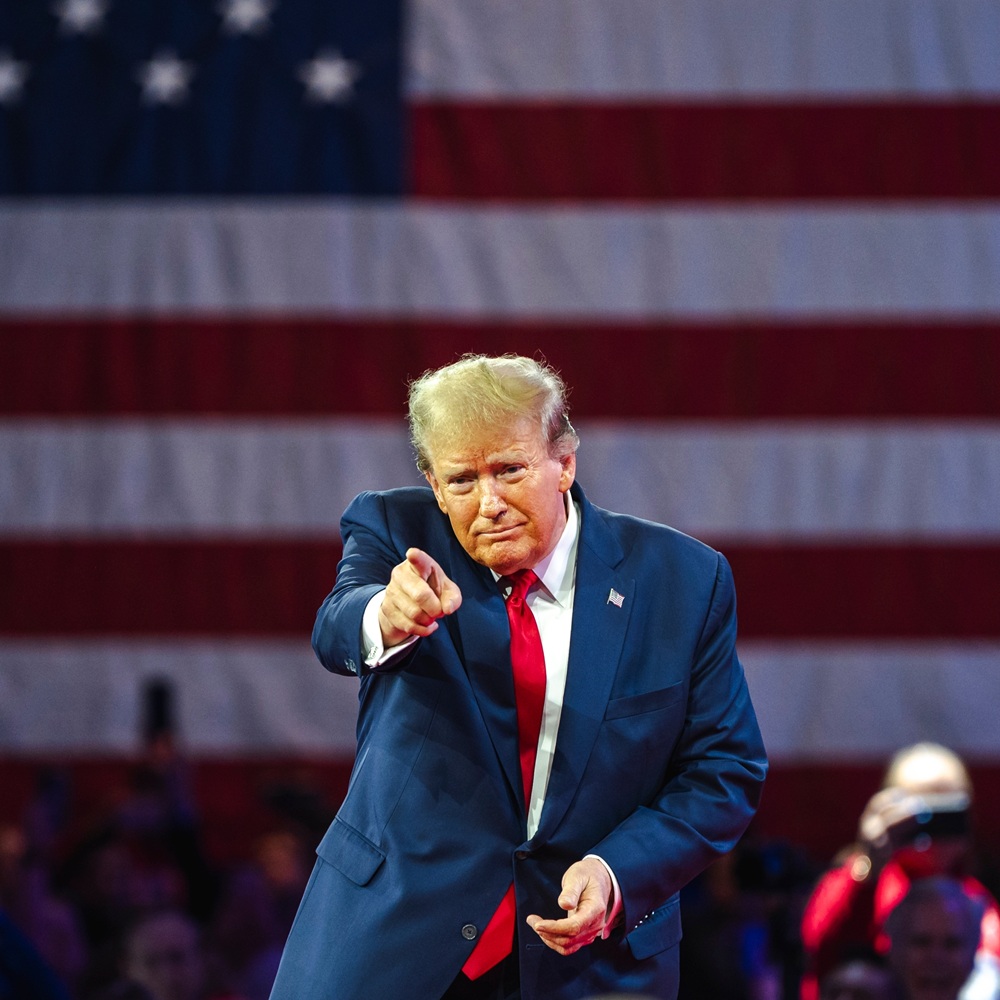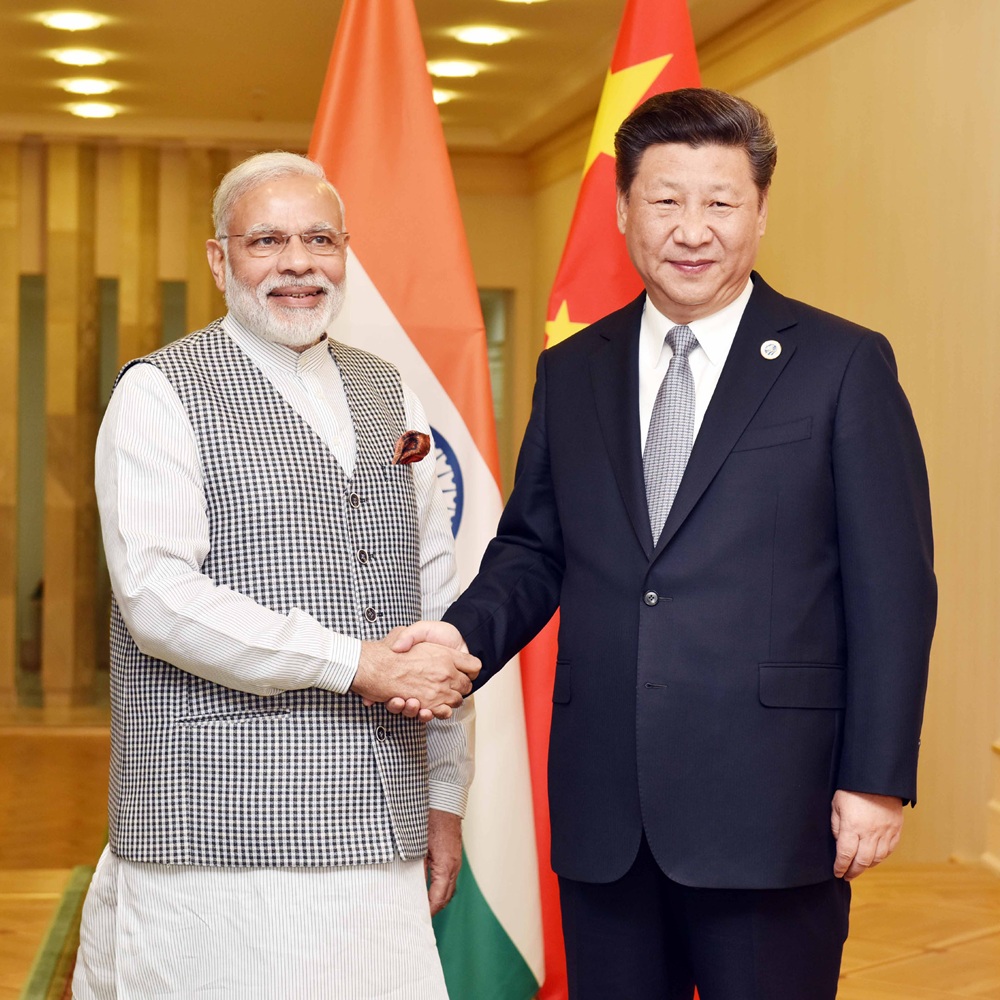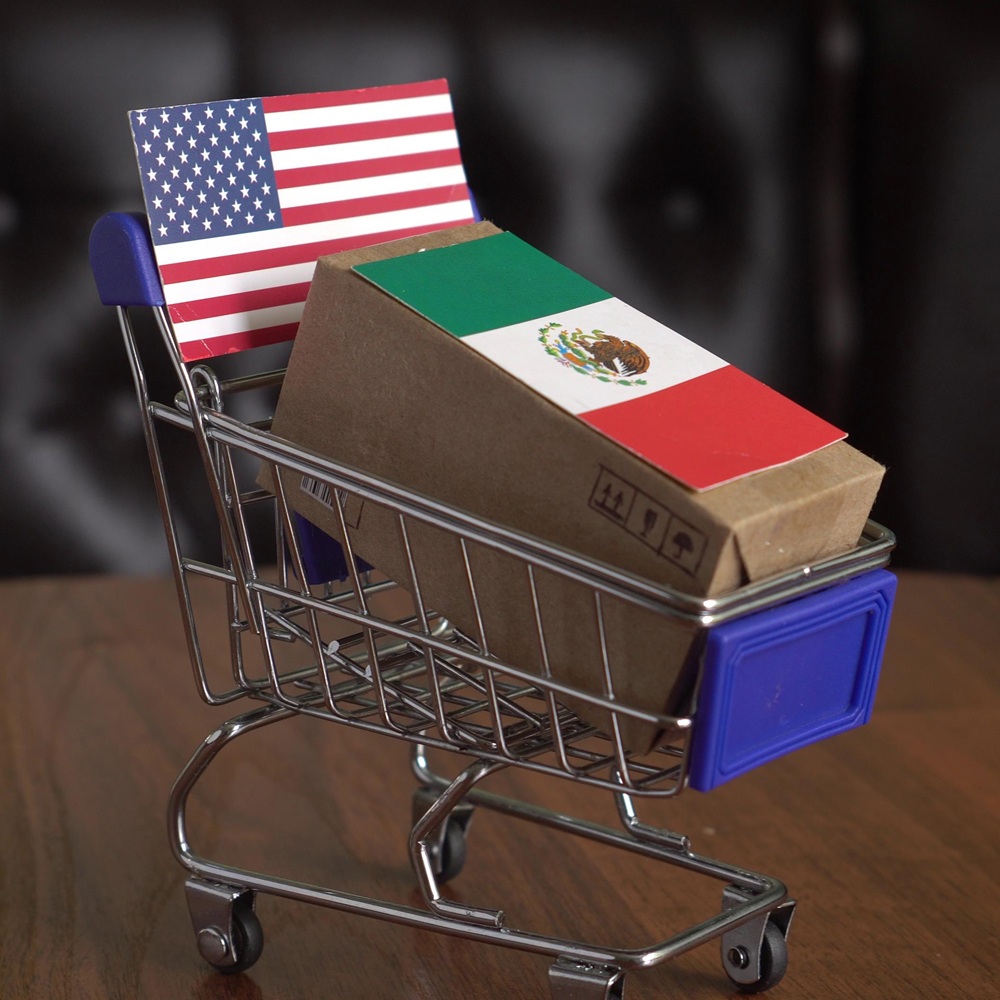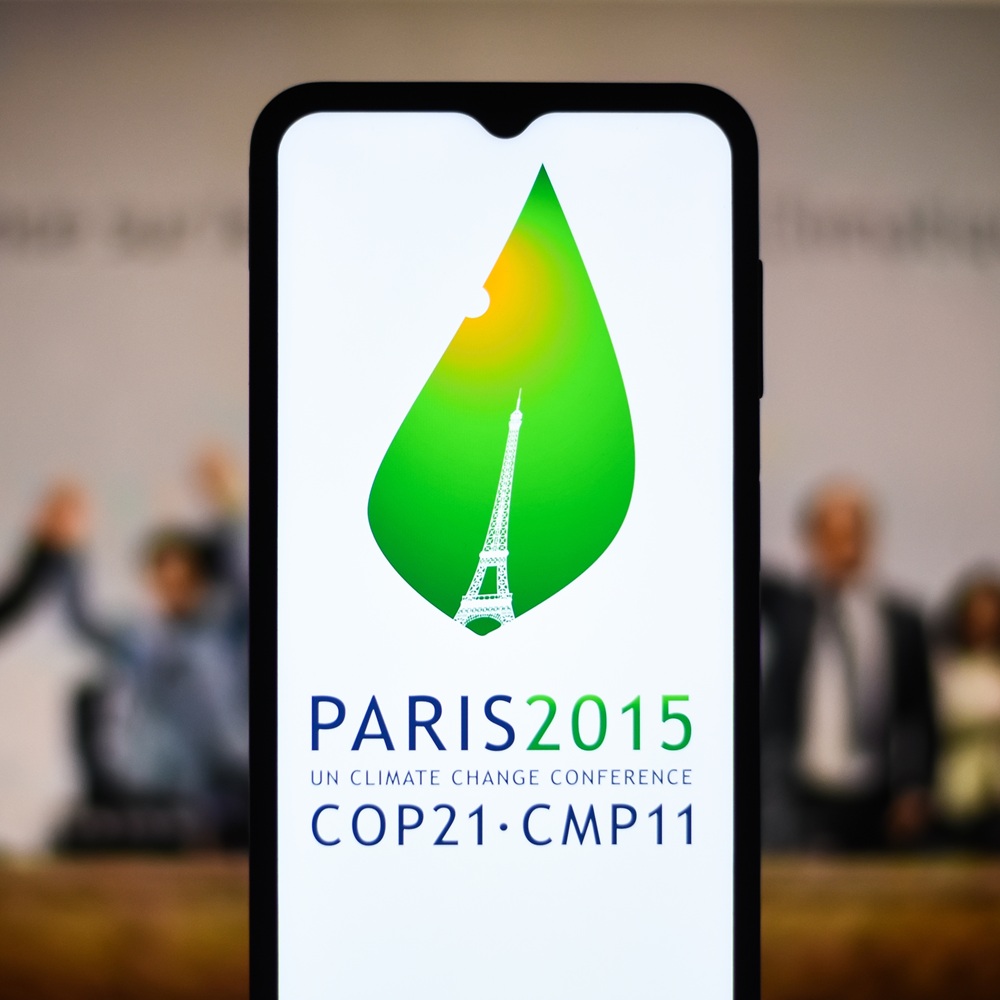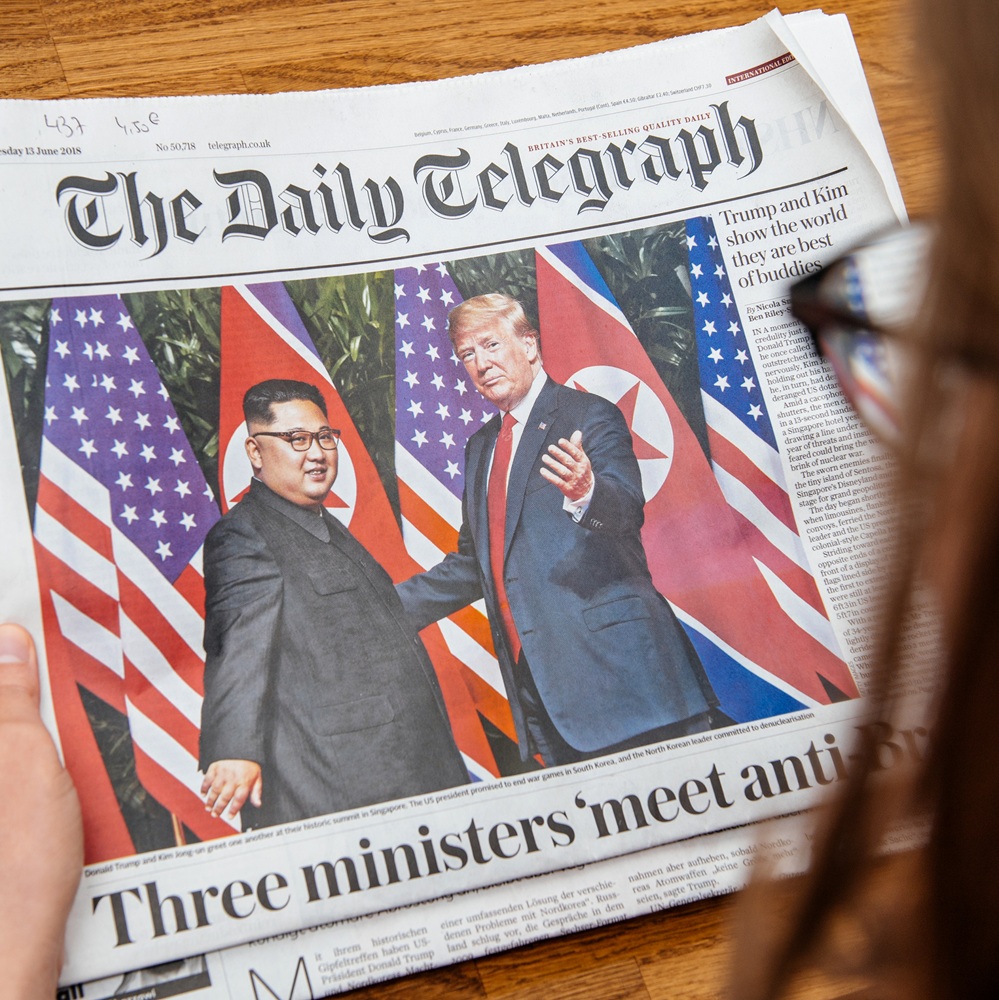
Return of Donald Trump: Continuity or Change with the DPRK?
by Jesús Aise Sotolongo
한국어로 읽기 Leer en español In Deutsch lesen Gap اقرأ بالعربية Lire en français Читать на русском Subsequent U.S. administrations, except for brief moments of relative calm, have persisted in demanding that the Democratic People's Republic of Korea (DPRK) abandon its nuclear program and, moreover, have made extensive efforts to destabilize its political and economic system. Meanwhile, the successive leaders of the DPRK have persisted in advancing their defensive capabilities until reaching their preferred deterrent: nuclear weapons and their delivery systems, a guarantee of survival. This persistent situation reached an unprecedented moment when, during his previous presidency, Donald Trump made a surprising shift in U.S. policy toward the DPRK, temporarily unraveling, although without the expected results, the "Korean Gordian Knot." This led to successive summits in 2018 and 2019 (Singapore, Hanoi, and Panmunjom) with Kim Jong Un, the leader of a state that, throughout its history, has maintained sharply confrontational relations with the United States. The world witnessed the transition from exchanges of insults and threats—Trump calling Kim "Little Rocket Man" and Kim referring to Trump as "old senile man"—and threatening the latter with "fire and fury" if the North Korean leader continued missile tests, to becoming "pen pals" and holding three unprecedented summits. No U.S. president has managed relations with the DPRK like Donald Trump did, and no North Korean leader in history has sat face-to-face, as equals, with a sitting U.S. president as Kim Jong Un did, which granted him prestige on the global stage. Due to reasons associated with its strategic ambiguity, the Biden Administration made no diplomatic progress with Pyongyang. Even though at the beginning of his term he committed to a "new strategy toward North Korea," over the past four years, his actions have only promoted sanctions in the Security Council, which have clashed dramatically with Russia's veto, struggled with the dissolution of the DPRK Expert Group in the Sanctions Committee, and observed the exponential increase in its arsenal of intercontinental, hypersonic, and short-range ballistic missiles that could carry nuclear warheads capable of targeting the continental U.S. and U.S. military bases in the region. Furthermore, the DPRK has resumed uranium enrichment and reopened its nuclear test center. In the end, the outgoing president has been unable to bring North Korea back to the negotiating table, much less contain it. So, one must ask: Will Trump's return to the White House mark continuity or a change from his previous term? An analysis of the future position of the Trump administration toward the DPRK should consider that, compared to his previous term, the circumstances have radically changed. 1. DPRK’s nuclear and missile programs have made new and significant advances. At the same time, its foreign policy has undergone a reorientation due to the sustained increase in distrust toward Washington from Pyongyang.2. By order of its leader, the DPRK has severed all its ties and symbols of relations with the Republic of Korea, which it classifies as the "main and unchanging enemy," and as it has no intention of avoiding war, it has instructed the People's Armed Forces to accelerate preparations to "occupy, subjugate, and fully reclaim" South Korea, in response to the confrontational attitude and increasingly close military and intelligence ties between Washington and Seoul.3. There has been a tightening of ties between Pyongyang and Moscow. The two summits between Kim Jong Un and Vladimir Putin, and Kim's description of Putin as the "closest comrade," have shown the high level of understanding and commitment between the two, which has materialized in the DPRK's unwavering support for Russia's special military operation in Ukraine and the signing of a Comprehensive Strategic Partnership Treaty, ratified by both legislatures. This treaty includes a clause for "mutual military assistance," while Russia provides diplomatic and economic backing to the DPRK, opposing multilateral and unilateral sanctions, and expanding its exports, mainly oil, raw materials, and food, as well as assistance in various fields.4. An emerging anti-U.S. and anti-Western axis is taking shape between China, Russia, the DPRK, and Iran, which has become so significant that Washington and its allies are labeling it the "new axis of evil." In this interconnected relationship, the DPRK holds significant advantages in three strategic dimensions: economic, military, and diplomatic. At least these four factors will significantly impact Donald Trump's decision to return, or not, to diplomacy with Kim Jong Un, raising doubts about whether the former would be willing to revisit it. However, if he tries, it is unclear what Kim Jong Un's response would be, clearly more determined and militarily more powerful in the eyes of Washington, which at first glance seems unwilling to renew its offers related to denuclearization. The ironic jest by Trump at the 2024 Republican National Convention in Milwaukee, when he said that Kim Jong Un "missed him," that they "got along very well," and that "he misses me" and "wants me back in the White House" and "it's good to get along with someone who has a lot of nuclear weapons," was met with a response from North Korean media, stating that "they don't care" who assumes office in the U.S. This suggests that Pyongyang's official stance is that, regardless of what happens, it will not abandon its nuclear deterrent. Considering the visible changes in the geopolitical and geostrategic landscape that differ from those in 2018-2019, any type of negotiation aimed at reaching compromises between the parties on the denuclearization of North Korea will be even more challenging. Trump may seek alternative approaches to encourage the DPRK to freeze nuclear and missile tests, but he will need to weigh several options. These include: which side should take the first step toward engagement; whether it is necessary to "rattle sabers" to create influence; the possibility of "unilateral conciliatory gestures"; and whether he should stick to the goal of "complete denuclearization" (Chad O’Carroll and Shreyas Reddy, 2024). Donald Trump exhibits an unpredictable, egocentric personality and is a fan of diplomatic spectacle, with a penchant for reality shows. Given this, he might be tempted to revisit diplomacy, possibly considering the absence of John Bolton, who, alongside Michael Pompeo, led the Hanoi Summit to failure. Many agree with what was stated by Moon Chung In, emeritus professor at Yonsei University and former special advisor for foreign affairs and national security during the previous Moon Jae In administration, when he admitted: "It is possible that, in his second term, Trump will prioritize solidifying his political legacy. His foreign policy would be heavily influenced by media attention and personal ego, as he cares about how history will remember him. Achieving a major deal with Pyongyang and contributing to peace on the Korean Peninsula could serve to fulfill that ambition, potentially allowing him to win a Nobel Peace Prize nomination. While resolving the Ukraine war or the Gaza crisis could also improve his chances of receiving the prize, negotiations with Kim Jong Un are likely to be a key agenda for Trump. In that sense, Trump could actively engage with the North Korean leader, and might even consider a visit to Pyongyang for a summit, where he could make surprising offers. However, the success of such efforts ultimately depends on Kim's response" (Lee Hyo Jin, 2024). It is necessary to build some scenarios: 1. The influence of personal friendship could encourage Kim Jong Un to engage in communication with Trump, turning the page on the Hanoi failure and minimizing distrust toward the U.S.2. Recognition by the Trump Administration of the DPRK as a de facto nuclear power and easing of sanctions to promote progress toward the partial normalization of relations.3. Strong U.S. demands for denuclearization and the promotion of further sanctions, leading to increased tensions. Given Trump’s volatility and the unpredictability of the DPRK leadership, there are currently no conditions to determine the most likely scenario. The campaign team has not commented on whether Trump will seek new meetings with Kim Jong Un, but his statements prior to his victory suggest that he might seek to revive talks, possibly sooner rather than later. Now, it is unpredictable what roadmap Trump will implement, as his opinions during the campaign may differ from the decisions he makes officially when in office. It is not accurate to assume that his demeanor during the first term will be indicative of his future conduct. It is worth dedicating a brief space to the designated Secretary of State, Marco Rubio. As a staunch anti-communist, he is one of the promoters of the term "axis of evil," which includes the DPRK, and considers China, Russia, Iran, and North Korea as aligned against the US. He has advocated concrete actions and plans against these states. It is expected that, initially, he will oppose any commitment from the incoming administration with the DPRK. As John Bolton and Michael Pompeo did at the time, Rubio could attempt to limit Donald Trump’s maneuvering room with Kim Jong Un. However, there is also the possibility that the next U.S. president’s assertive and authoritarian character, who, despite previous disagreements, appointed Rubio, will lead him to align with Trump’s decisions or, alternatively, suffer the same fate of being ousted with a “tweet and a punch,” as happened to Rex Tillerson and John Bolton. Regarding the Republic of Korea, it is important to specify that the most critical foreign policy issues for Donald Trump’s new administration will be its relationship with the European Union, the Middle East conflicts, the war in Ukraine, the China-Taiwan dispute, and relations with the DPRK. It is precisely the latter that concerns South Koreans the most, as their security largely depends on the presence of U.S. troops in their country and Washington’s support for South Korea’s defense against the imminent “North Korean threat.” The conservative government of Yoon Suk Yeol has marked a clear distinction from his predecessor Moon Jae In by significantly strengthening his alliance with the U.S., driven by his growing animosity towards the DPRK and his pro-American stance. This situation presents little likelihood of encouraging Trump to engage in talks with Kim Jong Un, especially without a clear indication from Pyongyang toward denuclearization. This is likely, as all signs point to Pyongyang not making significant concessions regarding its nuclear deterrent and showing a strong aversion towards the Republic of Korea. After Donald Trump's victory, the South Korean president had a phone conversation with him to extend his congratulations and quickly express his desire for the alliance to continue under his leadership. Although both agreed to hold a summit as soon as possible, the issue of the DPRK, which was already addressed in this initial dialogue, will certainly be on the agenda. It is said that Trump plans for his government to work with South Korea on several bilateral issues, but one of the key aspects will be South Korea’s contribution to Washington for hosting U.S. bases on its territory. Let's remember that during Trump's first term, this was a hot topic in his military relations. It is worth mentioning that due to Donald Trump's transactional approach to international relations, his perception that many of the U.S. allies are "taking advantage" of its military power, and the pressure he exerted on Seoul when he was in office, with Trump's victory, national security against the DPRK is placed at the forefront. Many are concerned that his return to the White House could mean that Washington will no longer be a reliable partner, making it necessary for South Korea to develop its own nuclear arsenal. Han Dong Hoon, leader of the ruling People Power Party, said at a seminar organized to discuss the future of South Korea's nuclear policy that Trump's victory had positive aspects. "Acquiring nuclear potential — meaning having the right to enrich and reprocess uranium — does not inherently equate to possessing nuclear weapons," he said, according to The Korea Herald. "But we would be able to move to that phase at any time if North Korea intensifies its nuclear threats," he added. "I believe we should be prepared for such a scenario amid the changing dynamics of global power and order." Meanwhile, retired Army General Han Ki Ho went a step further and suggested that South Korea may no longer have a choice. "Nuclear armament may be the only path left for South Korea's survival," he stated (Julian Ryall, 2024). However, whether the Republic of Korea acquires nuclear weapons will depend on how the Trump administration approaches the alliance and relations with North Korea, that is, whether it abandons or restricts the "extended deterrence" and whether it pursues an agreement with Pyongyang that halts its development of long-range missiles that could reach the continental United States in exchange for accepting North Korea as a de facto nuclear power. This type of agreement would affect Seoul, located just 48 kilometers from the border, and therefore within the range of North Korea's short-range missiles. We are facing an uncertain situation, and therefore, expectant, where the expectations regarding Donald Trump's stance on DPRK are uncertain. Whether the denuclearization of DPRK is a priority for the Trump administration depends on the approach and methods with which the president and his team address an increasingly complex scenario. DPRK, in terms of its economic performance and national defense potential, is not the same as before, which gives Kim Jong Un greater effectiveness in his military deterrence and diplomatic maneuverability, especially when his reliable conduct with Moscow and the appropriate handling of relations with Beijing strengthen his position vis-à-vis the U.S. Trump will have to deal with these realities. And while he may intend to continue his legacy, he will necessarily have to reframe his policy towards DPRK, considering that DPRK is no longer the same, that its main contenders (Russia and China) are precisely the closest to DPRK, and that the country itself is no longer the same, either militarily or socioeconomically, as it was when he engaged in talks with Kim Jong Un in 2018-2019. References - Simone McCarthy (2024) Trump claims Kim Jong Un “isses him. But he faces a very different North Korea leader this time around. Disponible en: https://www.cnn.com/2024/11/08/asia/trump-kim-jong-un-north-korea-intl-hnk/index.html- Keith Johnson (2024) Could Trump Rekindle Diplomacy With North Korea? Disponible en: https://foreignpolicy.com/2024/11/13/trump-north-korea-diplomacy-putin-russia/- Joel S. Wit (2024) Blame Donald Trump for North Korea´s sable-rattling. Disponible en: https://www.aspistrategist.org.au/blame-donald-trump-for-north-koreas-sabre-rattling/- Rubén Criado (2024) Así afecta la victoria de Trump a Corea del Norte. Disponible en: https://as.com/actualidad/politica/asi-afecta-la-victoria-de-trump-a-corea-del-norte-n/- Josh Smith (2024) Donald Trump se enfrenta a un Kim Jong Un envalentonado, cercano a Rusia y con un arsenal de misiles más grande. Disponible en: https://www.infobae.com/america/mundo/2024/11/07/donald-trump-se-enfrentara-a-un-kim-jong-un-envalentonado-cercano-a-rusia-y-con-un-arsenal-de-misiles-mas-grande/- Julian Ryall (2024) Regreso de Trump atiza debate nuclear en Corea del Sur. Disponible en: https://amp.dw.com/es/el-regreso-de-trump-atiza-el-debate-nuclear-en-corea-del-sur/a70798786#amp_tf=De%20%251%24s&aoh=17317231276140&csi=1&referrer=https%3A%2F%2Fwww.google.com- Chad O´Carrol y Shreyas Reddy (2024) Why North Korean denuclearization will likely take backseat in second Trump term | NK Disponible en: https://www.nknews.org/2024/11/why-north-korean-denuclearization-will-likely-take-backseat-in-second-trump-term/- Miguel Jiménez (2024) Donald Trump planea elegir a marcos Rubio como secretario de Estado. Disponible en: https://elpais.com/internacional/elecciones-usa/2024-11-12/donald-trump-elige-a-marco-rubio-como-secretario-de-estado.html?outputType=amp#amp_tf=De%20%251%24s&aoh=17317890370552&referrer=https%3A%2F%2Fwww.google.com









